Onde Estamos
Rod. Dom Pedro I, km 47
Nazaré Paulista, SP, Brasil
Caixa Postal 47 – 12960-000
Tel: (11) 3590-0041
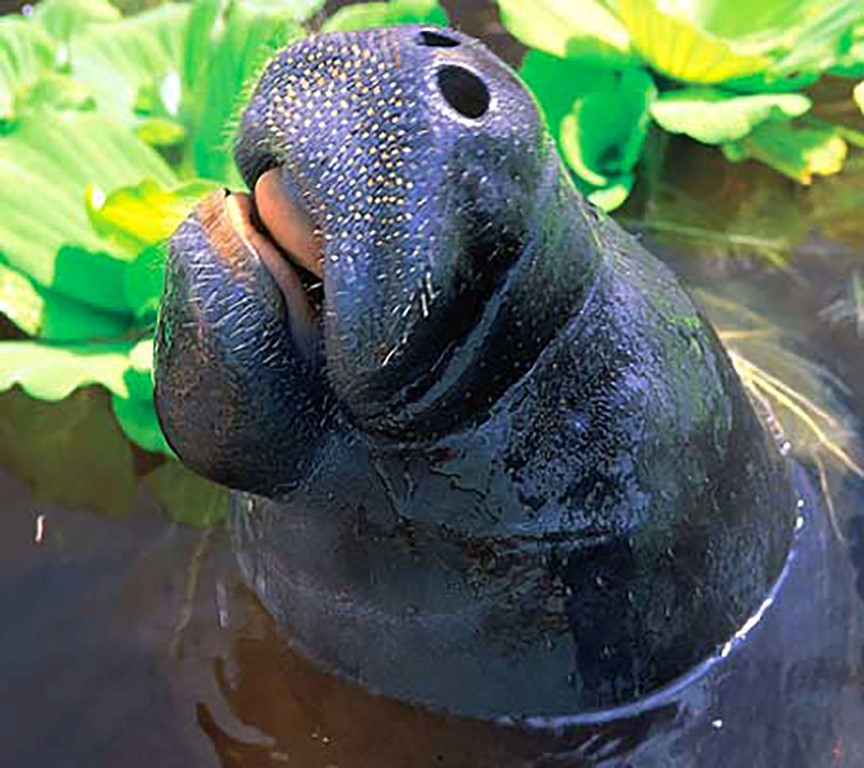
The Amazon Manatee Conservation Program began in 2003 at Anavilhanas National Park. Since then, IPÊ’s research team promotes the conservation of the species in the lower Negro River region, by conducting studies with free-living animals, reintroduction projects, and environmental awareness activities.
The lower Rio Negro region, where the Anavilhanas National Park is located, is made up of a mosaic of Conservation Units (UCs), one of the largest continuous areas of environmental protection in the world. This area is also located in the Central Amazon Corridor Biosphere Reserve, recognized as a world natural heritage site by Unesco. The Amazon rainforest in this region is highly biodiverse and an extremely delicate ecosystem due to its acidic and oligotrophic waters (poor in mineral nutrients). Due to its high biodiversity, this region is classified as extremely important for conservation, according to the Ministry of the Environment. Despite the importance of conserving the lower Rio Negro, the degradation of the region has been increasing mainly due to illegal logging, illegal and predatory hunting and pressure from the growth of the city of Manaus.
Despite the threat posed by human activities, the Amazonian manatee is little studied, and the basic characteristics of its biology and ecology are still poorly understood, particularly in the Rio Negro region. Most of the scientific information comes from the Solimões River region and from animals bred in captivity.
Therefore, expanding our knowledge of manatees is essential to promote the conservation of the species. As well as promoting the involvement and awareness of the population regarding the importance of conserving the species and the region, it is of the utmost importance.
Amazon Manatee (Trichechus inunguis)
The Amazon manatee (Family Trichechidae, Order Sirenia) only occurs in the rivers of the Amazon and Orinoco Basins. It is the largest freshwater mammal in Brazil, can reach up to 3 meters in length and weigh around 500 kilos. Its color varies from dark gray to black, with many animals having white or pink parts of the abdomen. It is a herbivorous animal, it feeds on aquatic and semi-aquatic plants. Each female manatee has only one calf per pregnancy, which can nurse for up to two years.
Manatees are important because they fertilize river water with nutrients found in their urine and feces. These nutrients are released to phytoplankton, which is the base of the aquatic food chain. Furthermore, they contribute to the biological control of aquatic plants.
Despite its important ecological role, the Amazon manatee is vulnerable to extinction, according to the lists of the IUCN (International Union for Conservation of Nature) and IBAMA (Brazilian Institute of the Environment and Renewable Natural Resources). The species is also listed on Appendix I of CITES (Convention on International Trade in Endangered Species of Fauna and Flora), which includes species threatened with extinction by illegal trade. In addition to habitat loss, the biggest threat to the Amazon manatee is hunting for leather, fat and, mainly, meat.
The main objective of the Amazon Manatee Conservation Project is to promote the conservation of the lower Rio Negro region by increasing scientific knowledge of the Amazon manatee and involving the local population in the conservation of the species and the region.
The research consists of integrating traditional knowledge about the Amazon manatee with scientific research; define a non-invasive methodology using sonars to obtain ecological information on the species; determine and monitor habitat and landscape use for Amazonian manatees; verify the main threats to the species in the region and develop environmental awareness activities with local communities.
With this work it will be possible to increase scientific knowledge about the Amazon manatee and develop cooperation between the population and local decision makers for the conservation of biodiversity. Thus, the aim is to use the manatee as a flagship species to strengthen conservation in the region.
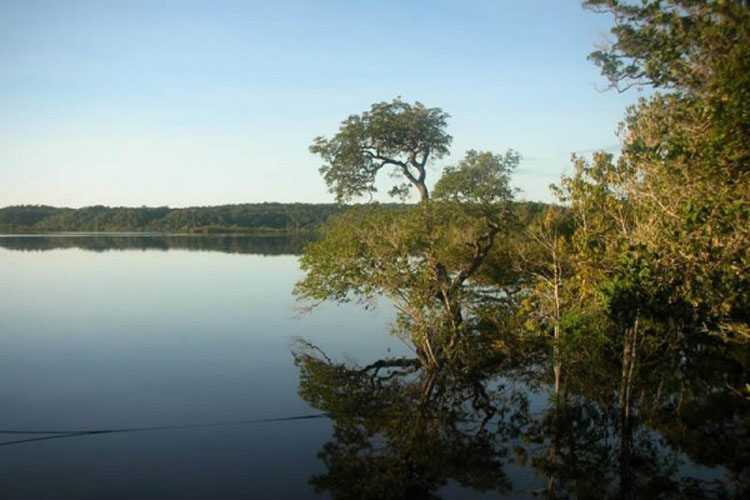
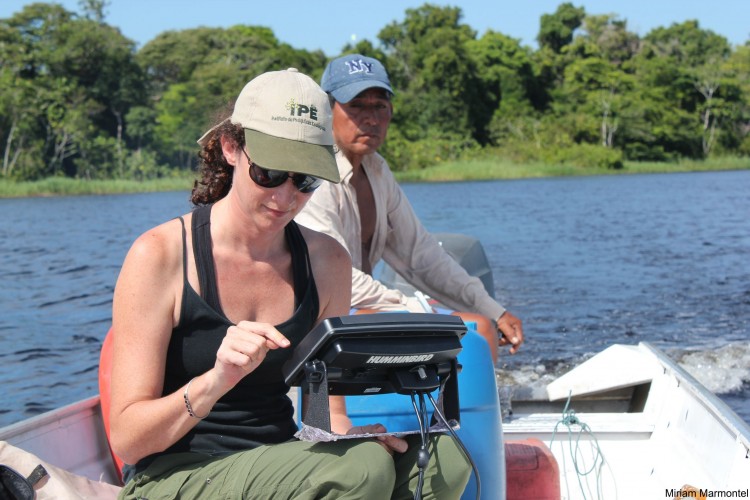
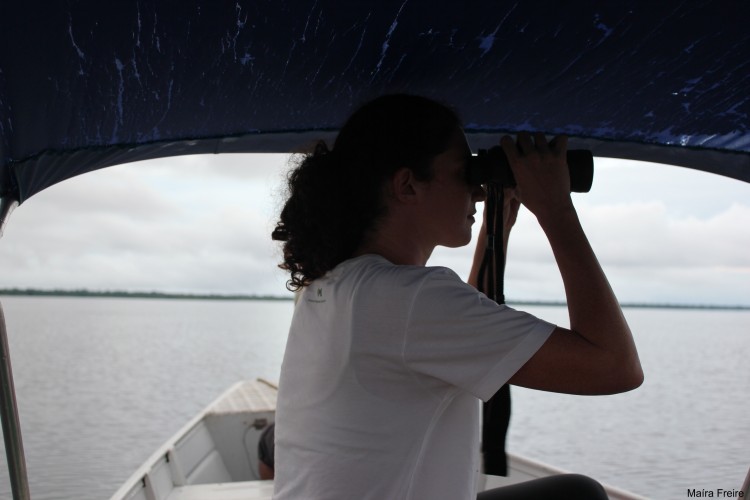
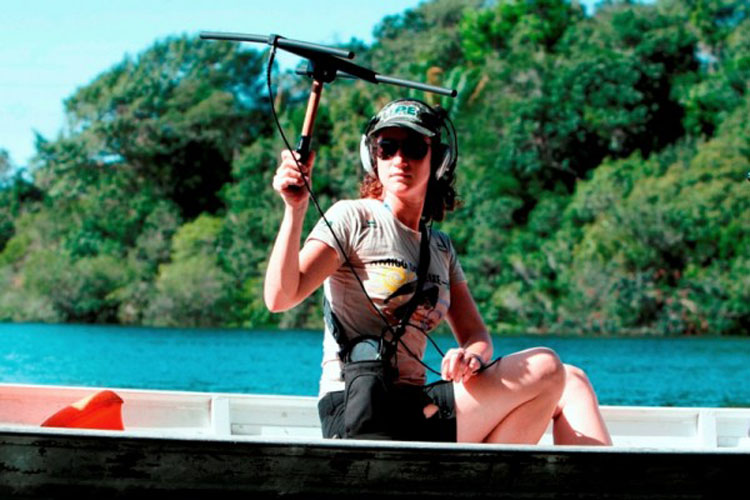
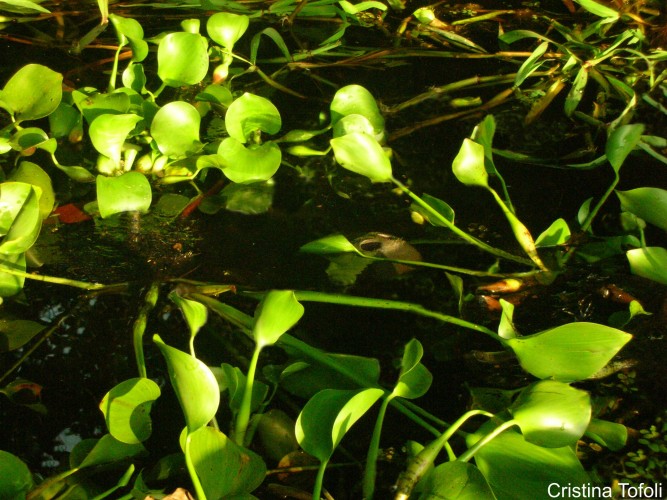


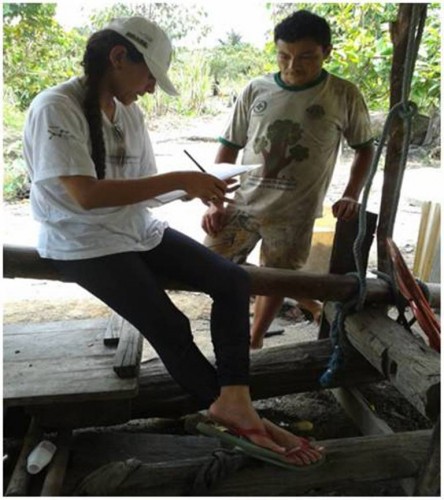

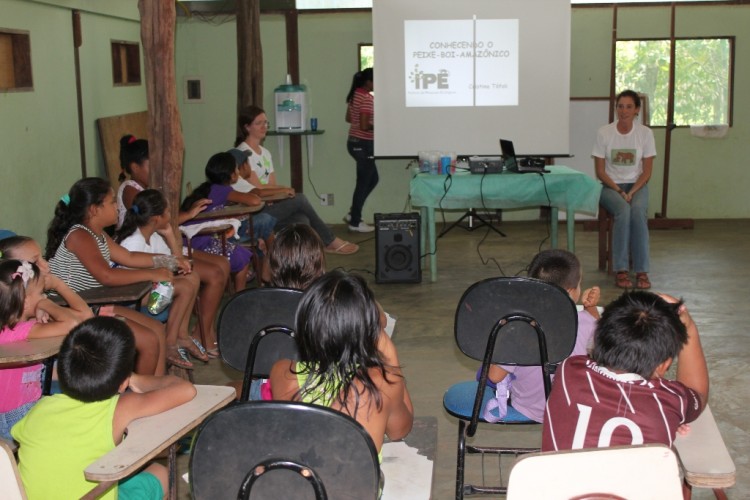
Rod. Dom Pedro I, km 47
Nazaré Paulista, SP, Brasil
Caixa Postal 47 – 12960-000
Tel: (11) 3590-0041
Termos de Uso | Estatuto
Copyright © Ipê – Instituto de Pesquisas Ecológicas.
Email: ipe@ipe.org.br